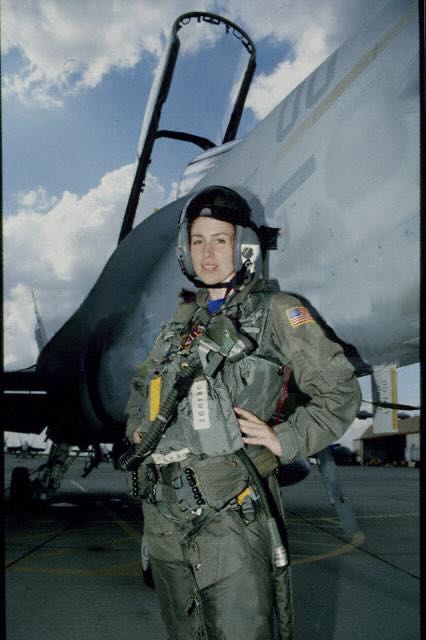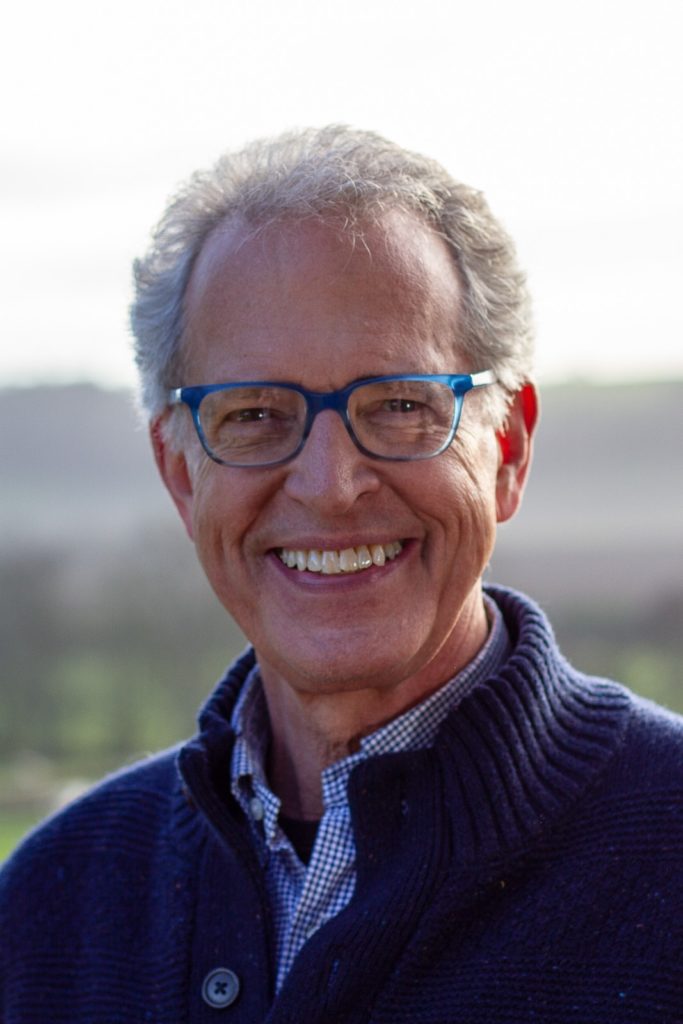
Executive leaders and combat pilots both scan the “battlefield” for new strategic opportunities. In both warfare and business mission advancement, success comes from the skillful execution of strengths and talents. Returning guest Loree Draude shares how recent life events prompted her to seize new creative opportunities in a different location.
Loree Draude was one of the first women in the Navy to fly combat jets. She deployed twice to the Persian Gulf, accumulating over 300 carrier landings and 1600 flight hours. After completing her naval service, Loree led product, marketing, and operations teams at start-ups and tech companies, including Google and Meta. A proven leader and entrepreneur, she now advises and coaches executives and founders on how to improve their leadership.
Loree is the author of a new book, “Soar Into Joy: A Combat Pilot’s Wisdom on Living a Fulfilling Life” and star of the sold out and award winning one woman Off Broadway show “I Feel the Need.” Listen today as Loree speaks with Dr. Karen about how to soar joyfully into new professional and personal pursuits.
Reach Loree at loreedraude.com


Podcast: Play in new window | Download
Subscribe: RSS

















